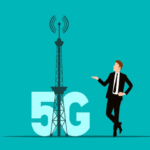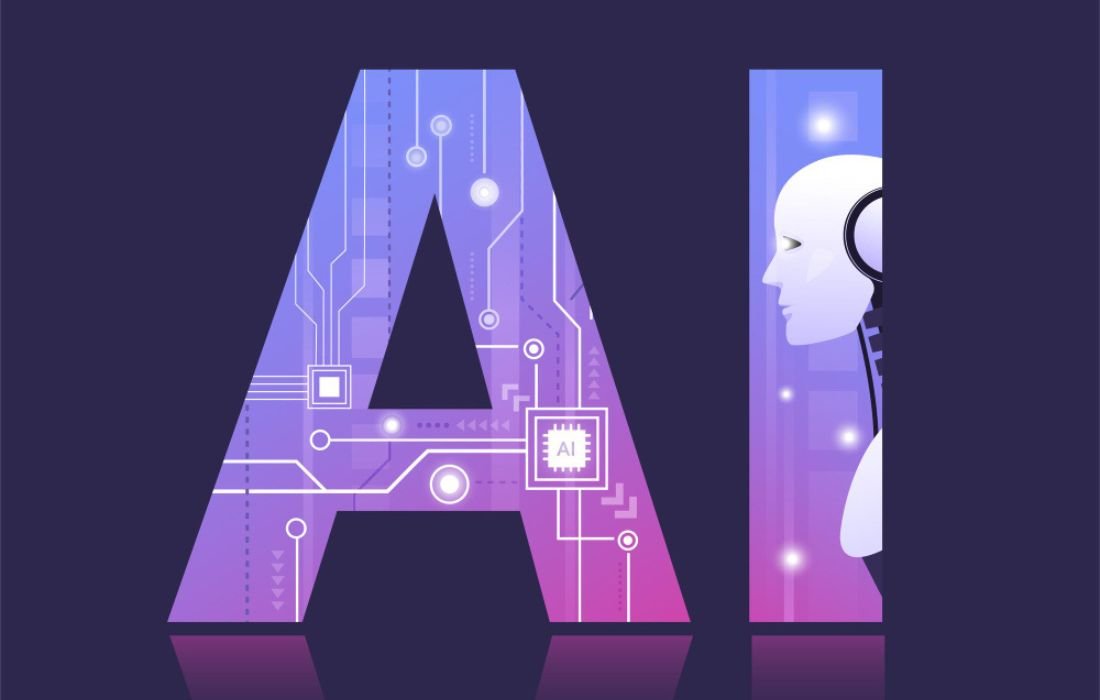Artificial intelligence (AI) seeks to duplicate or simulate human intelligence in machines that will enhance humankind. The discipline of computer science seeks to address Turing’s paper Computing Machinery & Intelligence, and the Challenge that followed outlined the fundamental goal and vision of artificial intelligence. Artificial Intelligence is more than just building intelligent computers, it is also about determining what implies features in technology.
Artificial Intelligence algorithms in automated systems is a concept that incorporates the study into an already established technique. The various researchers investigate four ways artificial intelligence will promptly define the features.
- Reasoning based on people
- When thinking, use logic
- Compassionate behaviour
- Appropriate behaviour
The first two notions are about thinking & cognitive processes, although the rest are about behaviour. Artificial Intelligence as constraint-enabled algorithms, as demonstrated through descriptions that support models centered on loops integrating thought, perception, and action.
While these concepts may appear complex to the average person, they contribute to the field emphasis as a discipline of computer science and offer a framework for combining other subcategories & machine learning of artificial intelligence inside programs and machines. In this article, we have given a brief description of various concepts by going in-depth about the topic & reading more to know about these concepts will give a knowledge of this technology, and also few basic questions will clear doubts of any readers.
An Introduction To Artificial Intelligence
In Greek mythology, artificial beings arose & first sentient robots. Aristotle’s invention of a chain of reasoning & its deployment of deductive reasoning was a watershed moment in humanity’s quest to understand its mind. While there are multiple foundations, the evolution of artificial intelligence though humans perceive it present back just over a century.
The Four Types Of Artificial Intelligence
Machines That Respond
A reactive machine follows the most fundamental Artificial Intelligence principles utilize its brain to adapt & monitor its environment. Because reactive robots understand things promptly, they can only do a restricted set of specialized tasks. However, intentionally restricting the viewpoint of a reactive machine is not a resource technique, rather it indicates that this sort of Artificial Intelligence is far more reliable.
A proactive machine is a technology that evaluates an original board and its current location to determine the best appropriate step to make at that time. Deep Blue, an IBM chess supercomputer, defeated world-renowned Gary Kasparov (grandmaster) in a match. Every movement was seen as a unique reality, distinct from any previous movement.
AlphaGo, developed by Google, can also foresee future movements, but it depends on its learning algorithm to continuously evaluate game advancements, giving it an advantage beyond Deep Blue in a complex game. AlphaGo defeated entire globe Go professionals, including champion Lee Sedol, in 2016.
Memory Problems
With limited memory, this can preserve earlier forecasts & facts while acquiring knowledge and considering future possibilities. When a team regularly educates a pattern on how to analyze & use fresh data, limited memory Artificial Intelligence can perform so that algorithms may be dynamically taught & regenerated. Six actions will take into action using holding memory in machine learning.
The learning algorithm must be capable of forecasting, accepting human health & environmental input, and storing that feedback as data. For producing this technology with internal capability, there are three basic machine learning methodologies:
- Reinforcement learning essentially teaches itself to generate better predictions through trial and error.
- LSTM (Long Short Term Memory) essentially uses prior data to predict the next item in a series. For producing forecasts, LTSMs emphasize updating information above historical data, but they also use previous data to make inferences.
- E-GAN (Evolutionary Generative Adversarial Networks) will expand over time, exploring slightly changed routes based on prior experiences with each new choice. This model is always looking for a better path and uses simulations, statistics, or chance to impact in terms across its adaptive mutation cycle.
Mind-Body Theory
Theory of Mind is, well, theoretical. We have not yet developed the technology and scientific capabilities required to build sometime reliance on this technology. The notion will create the psychological assumption that other living creatures have thoughts and feelings that influence one’s actions.
In terms of AI machines, this would mean that AI could comprehend how humans, animals, other robots feel & make decisions through self-reflection, determination, and then utilize that information to make decisions of their own. Essentially, machines can grasp & process the concept of mind, the fluctuations of emotions in decision making, and a litany of other psychological concepts in real-time, creating a two-way relationship between humankind & technology.
Self-Awareness
Artificial intelligence will progress to self-awareness after obtaining the Theory of Mind. This means that Smart machines will be able to understand how individuals, creatures & other technologies experience, make decisions via personality, determination, and then utilize that knowledge to make their judgments. Machines would eventually have to recognize & comprehend the concept of mind, emotional changes in strategic planning, and a range of other psychological concepts in real-time, allowing mankind & this technology to interact in a two-way connection.
Frequently Asked Questions
What does AI mean?
Artificial intelligence (AI) is a broad branch of technology concerned with creating intelligent computers capable of doing activities that normally need human intelligence.
What are the four different kinds of AI?
The various kinds of technology-based aspects which will illustrate them to humankind are listed below.
- Machines that react
- Memory Impairment
- Thought Theory
- Consciousness of Oneself
Where can I find examples of AI?
A few examples are listed to give a basic idea about this technology.
- Voice-activated assistants such as Siri, Alexa, and others
- Self-driving cars
- Self-advisers
- Bots that converse
- Spam filters for email
- Netflix (video streaming) suggestions
What is the Purpose of AI?
A technology that can perform activities that would normally need human intellect. Most of this cognitive computing is machine learning-based, while others are deep learning-based & yet others will compare on basic things like rules. There are two forms of artificial intelligence which are listed below.
- Technology Limitations
- Broad intelligence (Artificial)
What is the Application of AI?
Artificial intelligence is varied accordingly into two categories which are listed below.
- AI Strict
- Deep Learning & Machine Learning
- AGI (General Intelligence in Artificial Intelligence)
Also Read: Learn About The AI Approaches To Transform The World











